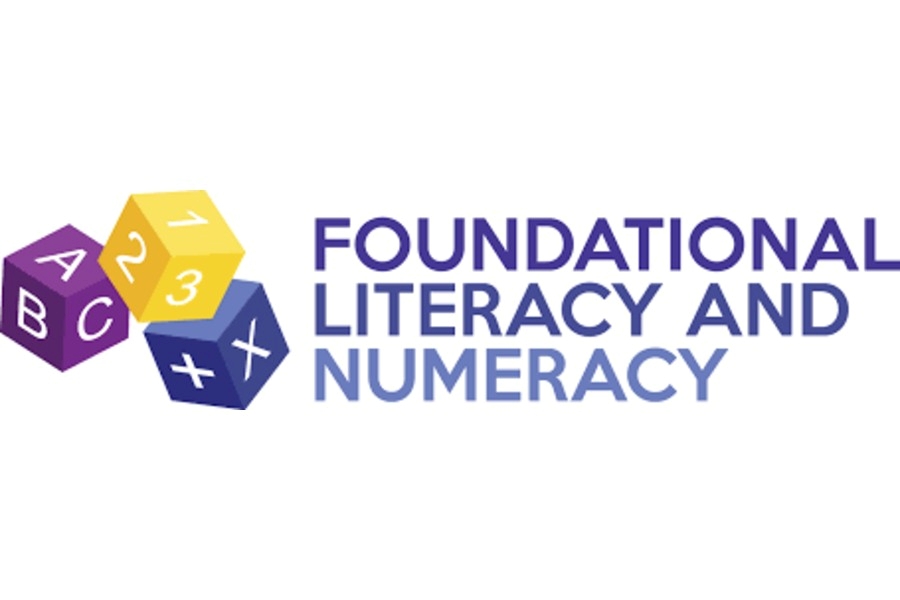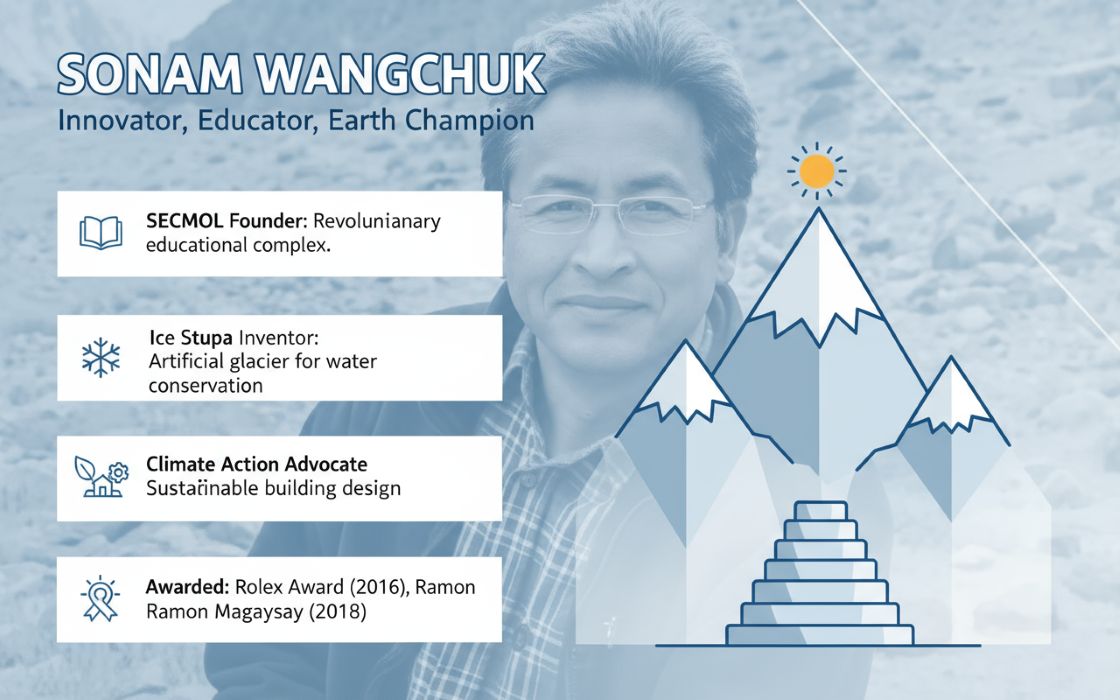India's development journey is characterized by a broad range of social, environmental, and infrastructural challenges, all of which require collaborative, sustained efforts across sectors. In this context, the role of responsible corporate entities becomes essential in complementing government initiatives and addressing grassroots issues through innovative, scalable, and impact-driven programs.
ICICI Lombard’s approach to corporate social responsibility reflects a focused commitment to addressing critical societal challenges through long-term, scalable solutions. In this interaction with TheCSRUniverse, Ms. Sheena Kapoor, Head – Marketing, Corporate Communications & CSR, ICICI Lombard, shares insights into the company’s key initiatives spanning healthcare, road safety, environmental sustainability, and rural development. From the extensive reach of the Caring Hands program and the behavioural impact of Ride to Safety, to the growing footprint of their Solar Panel Initiative and efforts to strengthen healthcare infrastructure in underserved regions, the conversation sheds light on how the company aligns its core strengths with community needs to drive meaningful change.
Scroll down to read the full interview.
Q&A
Q. ICICI Lombard's CSR initiatives span multiple areas, including healthcare, road safety, environmental sustainability, and rural development. What is the core philosophy that guides the company’s approach to social responsibility, and how do you ensure alignment with long-term societal needs?
A. At ICICI Lombard, we focus on three strategic pillars – road safety, health, and environmental sustainability – which are aligned with both our insurance expertise and critical societal needs.
Our framework ensures long-term alignment with societal needs through strategic focus on areas where we can deliver meaningful impact. Employee volunteering forms the backbone of initiatives like "Caring Hands," which has reached 500,000 children across 2000+ schools PAN India, providing spectacles to about 10% of students found to have an impaired vision.
In Road Safety, we regularly assess impact, engage with stakeholders, and measure Social Return on Investment for all initiatives, with Ride to Safety achieving an SRoI of 6.91 and Caring Hands 5.21 in FY2023.
We're increasingly adopting an ESG-centric approach, exemplified by our solar panel installations in schools that reduce carbon emissions while benefiting over 150,000 lives. Our philosophy centers on creating sustainable impact by addressing genuine societal needs while leveraging our organizational strengths, contributing to a safer, healthier, and more sustainable world.
Q. Beyond helmet distribution and workshops, what behavioural changes have emerged, especially among children and two-wheeler riders? What key metrics measure its effectiveness, and how are insights shaping future strategies for these vulnerable groups?
A. In line with this, the 'Ride to Safety' program aims to instill safer road habits. We measure effectiveness through Social Return on Investment (6.91 in FY2023), helmet usage rates, pre/post workshop awareness assessments, and behavioural commitment indicators. These insights have shaped our expanding strategy, which now includes awareness rallies with traffic police, creation of "Safe School Zones" around select schools, support for accident victim rehabilitation, and equipping traffic police with safety gear.
In FY2024, we conducted over 750 workshops across 12 cities, reaching more than 175,000 individuals and distributing 150,000 helmets. Since inception, we've distributed close to 5,00,000 helmets and benefited over 800,000 children and parents. Our goal is to create a generation of road-safety conscious citizens who will transform India's road safety culture.
Further to Education and Enforcement focused road safety initiatives, we are expanding to include Engineering endeavours in our Road Safety Program. Focusing on infrastructure augmentation in high-risk zones, the program is aimed at having a multiplier effect reducing the number of road accidents and associated fatalities.
Q. Volunteerism plays a crucial role in development, and the organisation engages over 3,000 employees annually through its Caring Hands program. What strategies have been most effective in fostering a strong culture of employee participation in social initiatives, and how has this level of engagement influenced the program’s reach and impact?
A. ICICI Lombard's success in fostering employee volunteerism through our Caring Hands program stems from integrating social responsibility into our organizational culture. We have found that creating meaningful volunteering experiences that connect employees directly with beneficiaries has been particularly effective. When our team members witness first-hand how their time impacts a child's life – particularly the moment when a child puts on their first pair of glasses and can finally see clearly – it creates a powerful emotional connection that drives continued participation.
Our approach combines structured opportunities with leadership endorsement. We designate specific day for Caring Hands activity, making it accessible for employees across functions to participate. In our latest initiative, over 5,000 employees volunteered, conducting more than 200 eye check-up camps that screened 32,000+ students. This remarkable participation has enabled us to expand to a sustained campaign spanning multiple locations.
The impact of this engagement is evident in our reach: since 2011, Caring Hands has touched over 500,000 children across 2000+ schools in more than 120 cities, providing more than 50,000 spectacles. This extensive footprint would be impossible without employee involvement. Moreover, the program's effectiveness is reflected in its SRoI of 5.21 in FY2023, demonstrating substantial value creation.
Beyond metrics, this volunteering model transforms corporate social responsibility into personal social commitment. Employees return from camps with profound stories of impact, having experienced how a simple intervention can change a child's entire educational journey. This personal connection has not only been sustaining our program but continually energizing our corporate culture, making social responsibility a shared experience rather than just a corporate initiative.
Q. How is your Solar Panel Initiative contributing to renewable energy adoption in underprivileged schools? What are the future plans to expand its impact on environmental sustainability?
A. Our Solar Panel Initiative represents ICICI Lombard's commitment to environmental sustainability while addressing educational infrastructure needs in underprivileged schools. The program has made significant strides since its launch in FY2022, with 326 solar panels installed to date across multiple states including Tripura, Bihar, and Maharashtra.
The initiative serves a dual purpose: reducing carbon footprints while providing reliable electricity to schools with limited power access. In FY2024 alone, we installed 221 solar panels in schools across Gomti (Tripura), Nawada (Bihar), Pune, and Beed (Maharashtra). This has benefited over 150,000 children, enabling them to study in well-lit classrooms and access digital learning tools that require consistent power.
As part of our overall ESG initiatives, this program aligns with India's Net-Zero ambitions for 2070. The effectiveness of this initiative is reflected in its Social Return on Investment (SRoI) of 1.48 in FY2023, demonstrating the value created through this environmental sustainability program.
The solar panel installations help develop capacities for schools to deploy green power while reducing greenhouse gas emissions, creating both immediate environmental benefits and educational opportunities for students to learn about renewable energy.
In FY25, we have covered 349 schools for solar panel installations and plan to expand the reach in the coming years.
Q. ICICI Lombard’s initiatives focus on essential needs like clean water and healthcare access. Can you elaborate on how these programs are designed and implemented to address the unique challenges of different regions and communities? In the primary health centers you support, what key improvements have you observed, and what critical gaps still need to be addressed?
A. Our initiatives like Niranjali and Healthy Villages are designed to address fundamental needs that vary significantly across regions. We begin by conducting targeted assessments to understand the specific requirements of each community. For Niranjali, our clean water initiative, we have installed over 4,500 water purifiers across diverse locations including Nawada, Aurangabad, Beed, Pune, and several other districts, benefiting more than 500,000 children. Each installation is preceded by an evaluation of local water quality challenges and infrastructure capabilities.
For our Healthy Villages initiative, we have taken a similar localized approach. In FY2025, we provided equipment across 78 Primary Health Centers in four locations in Tamil Nadu. These included essential medical instruments like anaesthesia workstations, BP machines, and ECG kits, selected based on consultations with healthcare providers about their most urgent needs.
The key improvements we have observed in these PHCs include enhanced diagnostic capabilities, reduced patient referrals to distant facilities, and increased community trust in local healthcare services. Since launching this initiative, we have reached approximately 50,000 beneficiaries. The program's effectiveness is reflected in its Social Return on Investment of 1.32 in FY2023.
Our implementation model emphasizes collaboration with local stakeholders. For instance, in Bihar and Tripura, where we have been allotted for insurance awareness activities, we work actively with government authorities to ensure our programs complement existing infrastructure and address genuine gaps.
Despite the progress, critical gaps remain in the primary health centers we support. These include shortages of specialized medical personnel, limited diagnostic capabilities for complex conditions, and challenges in maintaining consistent pharmaceutical supplies. We're currently assessing these gaps to develop targeted interventions that will further strengthen healthcare delivery in these communities.
Q. Caring Hands has been running successfully since 2011. Why did you feel this was the right time to create a campaign that brings these stories to a wider audience?
A. After more than a decade of conducting eye screenings, we've reached a remarkable milestone – testing over 500,000 children. This scale, combined with recent studies showing 3.4 million Indian children attend classes with uncorrected vision, created the right moment to amplify our message.
The campaign serves multiple purposes. It highlights an often overlooked but easily solvable problem affecting children's education. It showcases the power of employee volunteerism, as our team members consistently describe these experiences as deeply meaningful. And it shifts the conversation around CSR from corporate obligation to human impact.
By bringing these invisible struggles to light through our campaign, we hope to inspire broader action addressing children's vision care. The story of one child unable to see clearly represents millions of similar stories across India – and we believe this narrative deserves national attention now more than ever.
Q. What role does collaboration play in enhancing the impact of your CSR initiatives? Can you share an example where a partnership significantly strengthened the program’s reach and effectiveness?
A. Our CSR framework explicitly recognizes the value of collaborations. As stated in our corporate philosophy, "Our collaborations with NGOs help us to amplify our reach and impact, ensuring meaningful contributions to community resilience." This approach allows us to leverage specialized expertise while expanding our footprint across diverse geographies.
We have collaborated with multiple implementation partners, specialising in their respective areas of work and have been working in the area of road safety across the continuum from Education to Enforcement to Engineering and Emergency Response. Along with our partner NGOs we are invested in creating road safety awareness and equipping individuals with helmets making their rides safer. We partner with traffic department for equipping them in making the roads safer and in law enforcement. Our partnership for Safe School Zones has made the vicinity around the schools safer.
Our collaborative efforts have enabled us in infrastructure augmentation in high-risk zones thus reducing the number of road accidents and fatalities.
Q. Could you share a success story that best illustrates the transformative impact of an ICICI Lombard CSR initiative on an individual or community?
A. Our Ride to Safety initiative represents our contribution to the broader ecosystem of organizations and government bodies working collectively to promote road safety in India. For over 5 years, we've been actively engaged in cities like Mumbai, Delhi, Pune, Ahmedabad, Nagpur, Chennai, and Bengaluru, where we've conducted awareness workshops, distributed helmets to families, organized safety rallies and enabled traffic police in traffic enforcement.
We're proud to be part of the collaborative effort that has contributed to a 14.76% reduction in road fatalities across these seven cities over the past five years.
Q. What are the biggest challenges ICICI Lombard faces in implementing and scaling its CSR initiatives, and how are these challenges being addressed?
A. Our primary challenge is ensuring equitable distribution of resources across diverse geographies. While we've expanded to multiple states, reaching remote rural communities where needs are often greatest requires creative approaches. We're addressing this by building stronger local partnerships and focusing intentionally on underserved regions.
Measuring sustainable impact also presents difficulties. While tracking outputs like helmets distributed or eye checks performed is straightforward, assessing long-term behavioral change requires more sophisticated systems. We've begun measuring Social Return on Investment (SRoI) for all major initiatives to better understand their comprehensive value.
Quality control during rapid scaling is another challenge. As programs like Niranjali grow, maintaining consistent implementation standards becomes complex. We've implemented rigorous monitoring protocols and invested in local capacity for maintenance.
We're tackling these challenges by sharpening our focus on our three strategic pillars, leveraging technology to enhance efficiency, and continually refining our implementation models based on field learnings and stakeholder feedback.
Q. What are the key focus areas for the organisation’s CSR initiatives in the next five years, and are there any new programs in the pipeline?
A. In the coming five years, we'll deepen our commitment to our three core pillars – road safety, health, and environmental sustainability – while evolving our approaches to maximize impact.
For road safety, we're shifting from awareness alone to influencing infrastructure and policy, particularly around schools. We're exploring partnerships with urban planners to create safer road environments for children.
Our health initiatives will expand with particular attention to preventive care. Building on Caring Hands' success, we aim to reach more children while exploring new programs addressing emerging health challenges.
Further, our approach remains centered on addressing fundamental needs while leveraging ICICI Lombard's unique strengths in risk management and prevention
Q. As the Head of CSR, what drives your passion for social impact, and what has been the most fulfilling moment for you in leading these initiatives?
A. My passion for social impact stems from witnessing the transformative power of targeted interventions in people's lives. What drives me is seeing how our corporate resources and employee engagement can create meaningful change when directed toward genuine community needs.
The most fulfilling moments often come from our Caring Hands initiative, where I have personally witnessed children seeing clearly for the first time after receiving their spectacles. As I mentioned when launching our recent campaign, what’s been truly remarkable is witnessing the transformation not just in the children we help, but in our employees who volunteer. They return from these camps with profound stories of impact, having experienced first-hand how a simple intervention can change a child's entire world.
This dual impact—transforming both beneficiaries' lives and our corporate culture—encapsulates why leading these initiatives is so rewarding. Seeing the program grow from its inception in 2011 to now having reached over 500,000 children across 2000+ schools demonstrates how consistent commitment can scale positive change.
Our core mantra of "One IL One Team" comes alive through these initiatives, uniting our employees around a shared purpose that extends beyond business objectives to create a better, healthier, and safer society.

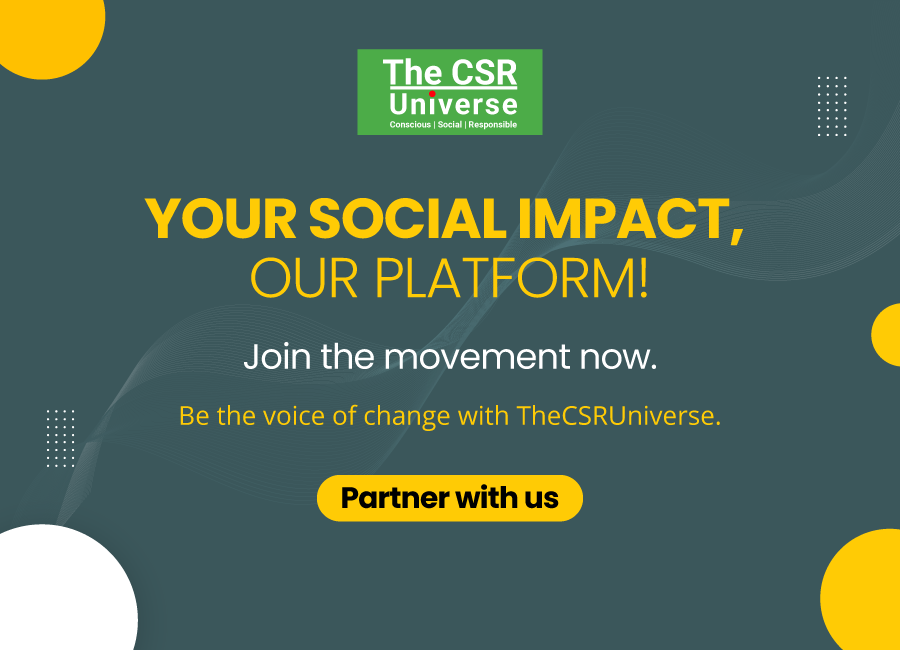

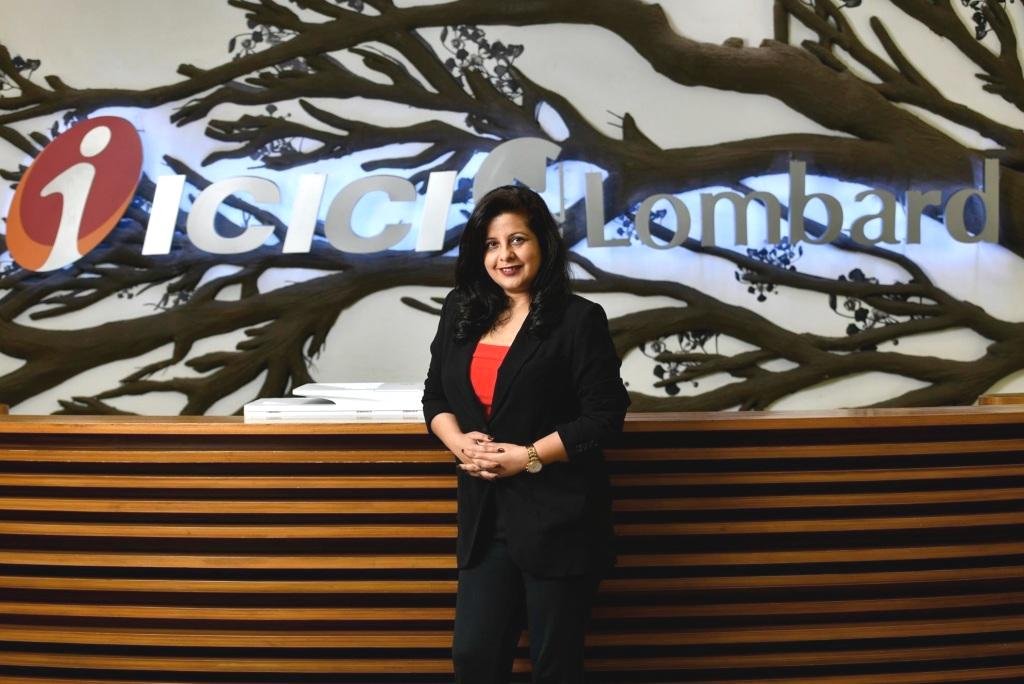


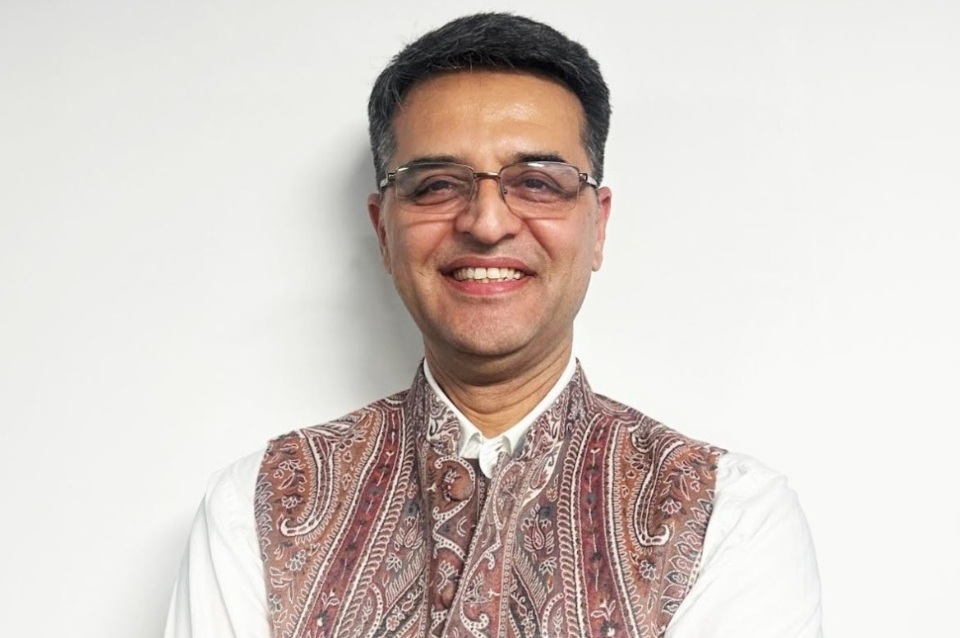
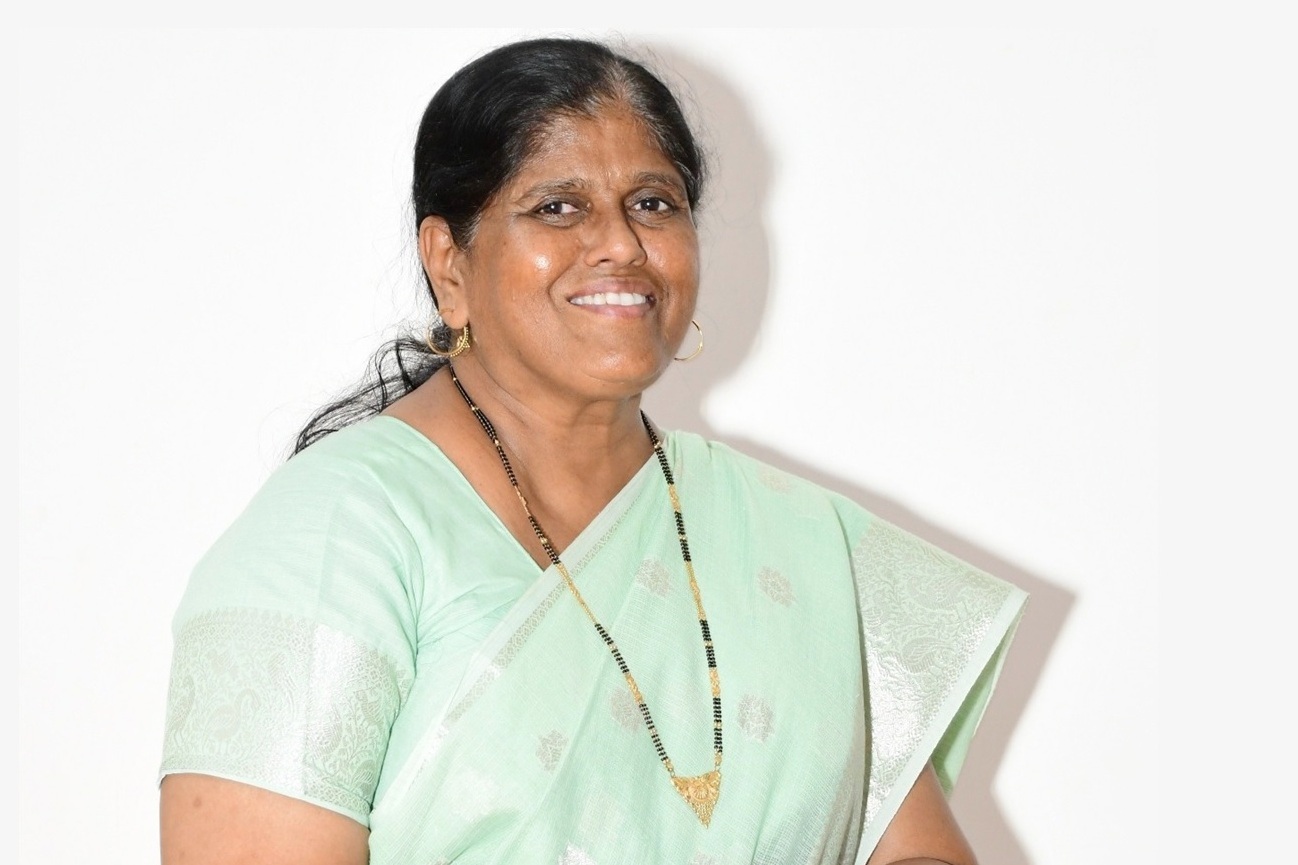


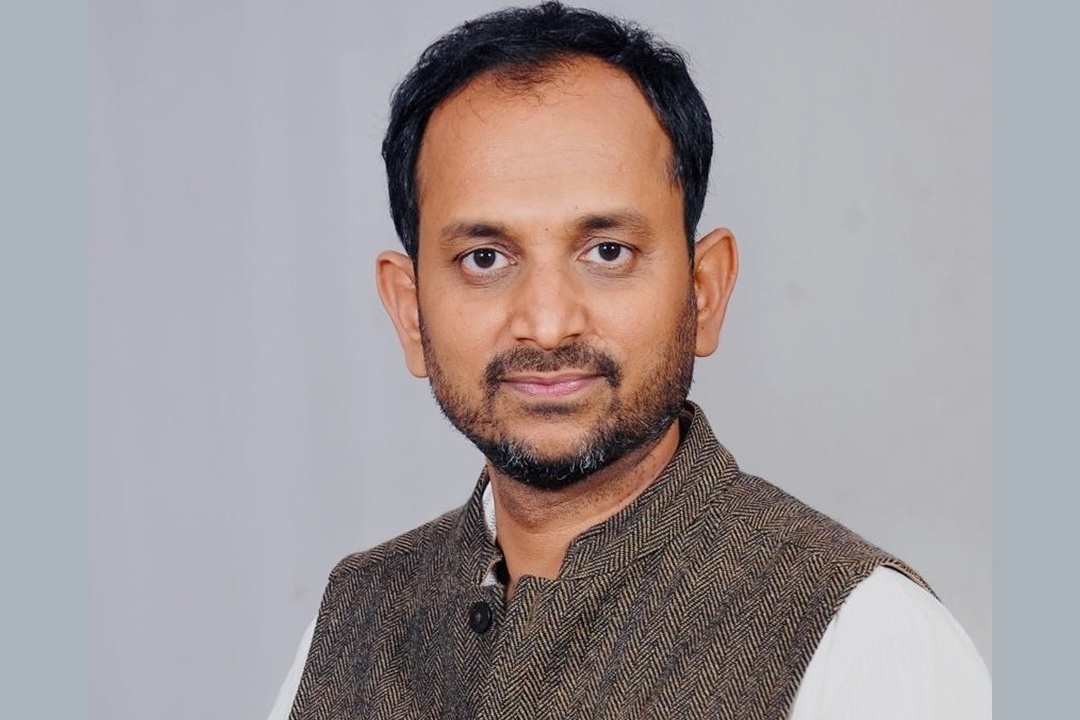
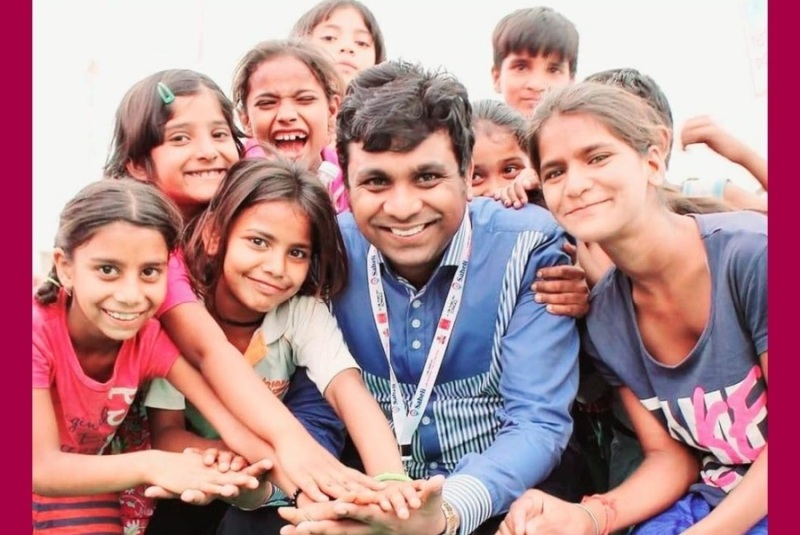
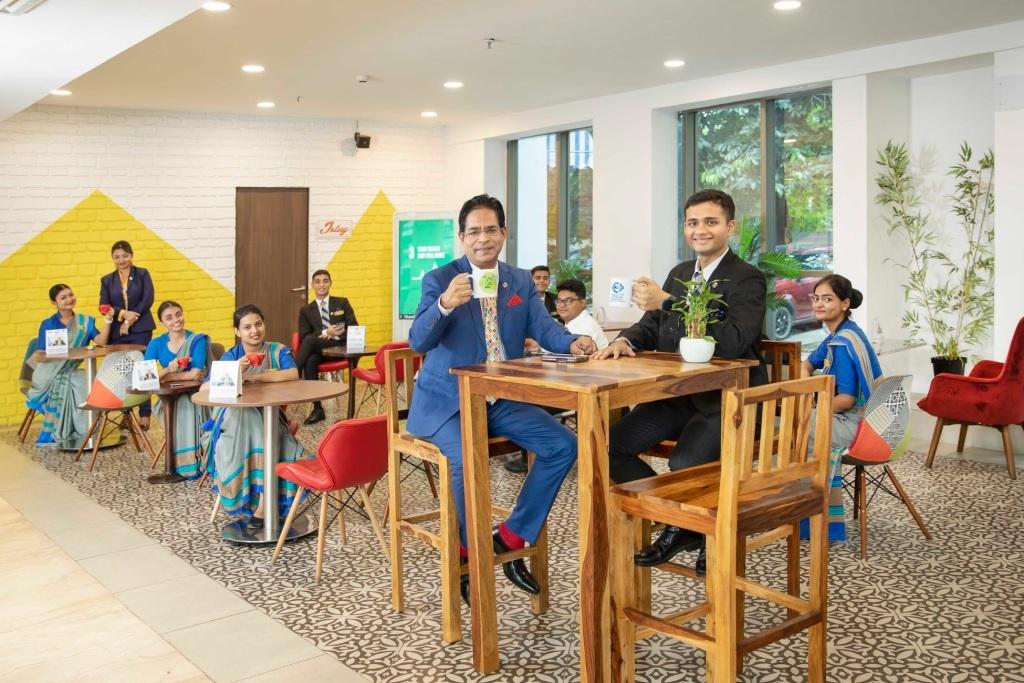
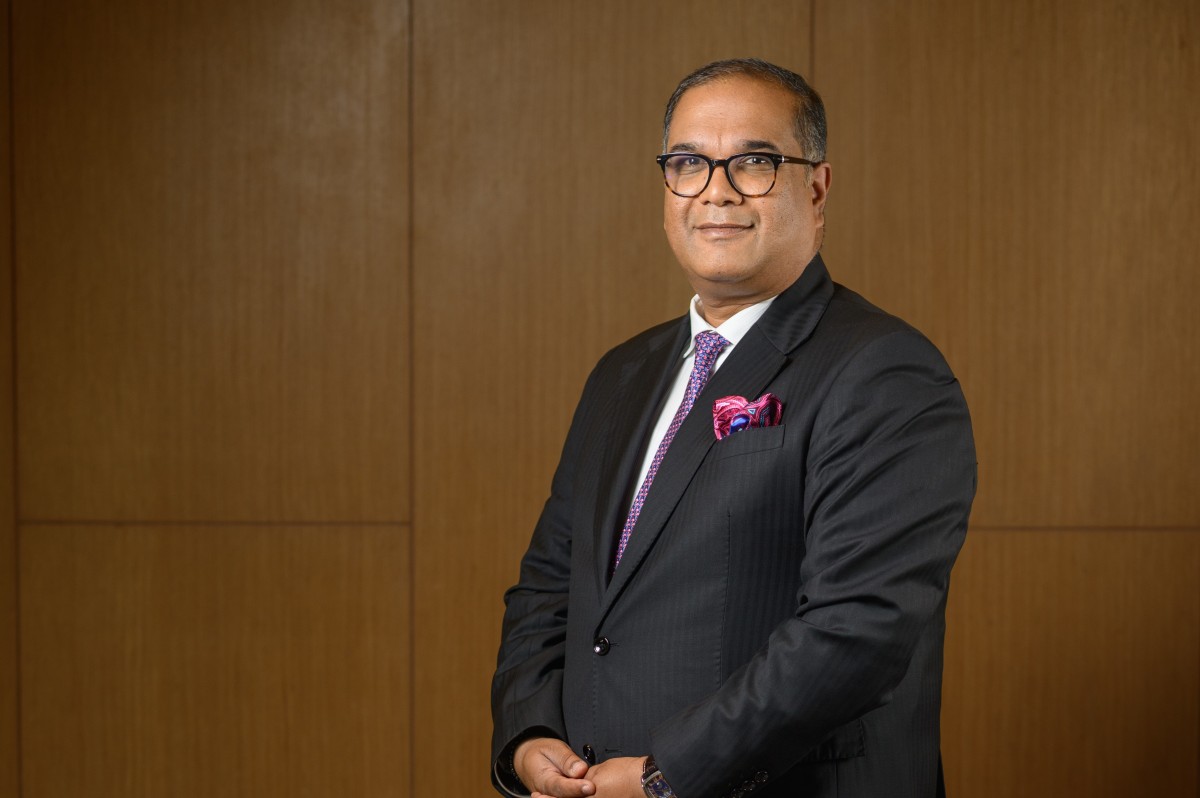
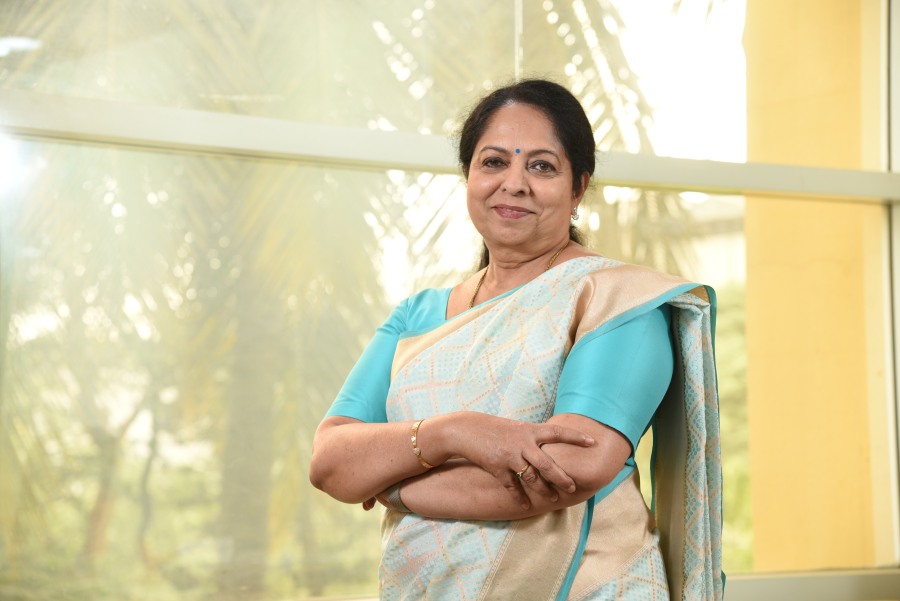
.jpg)
